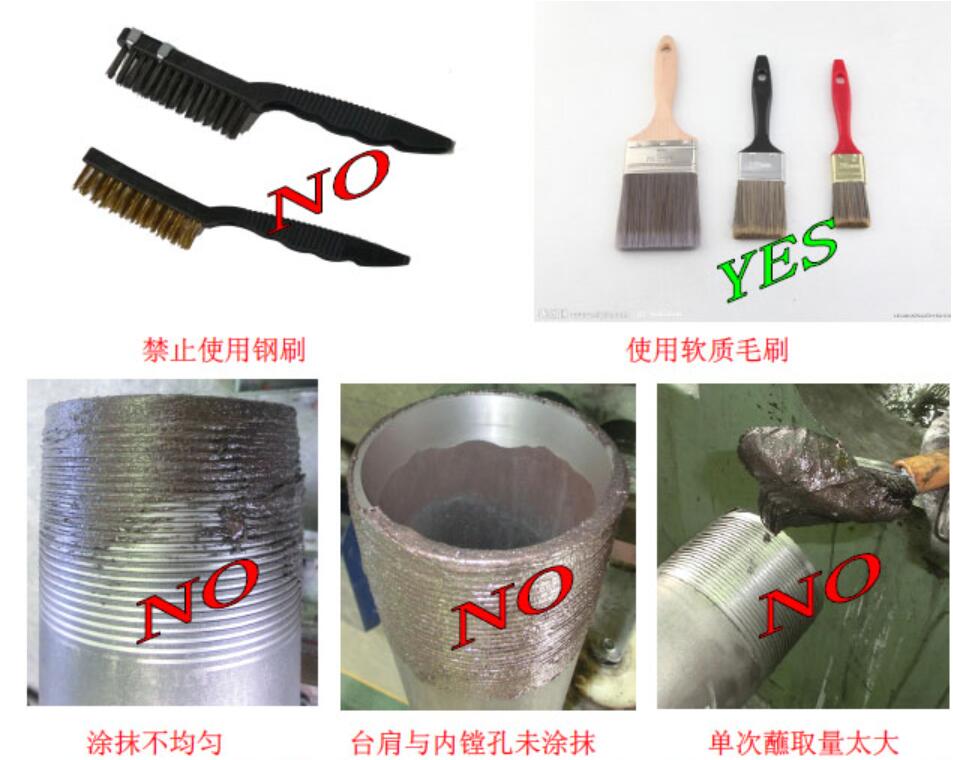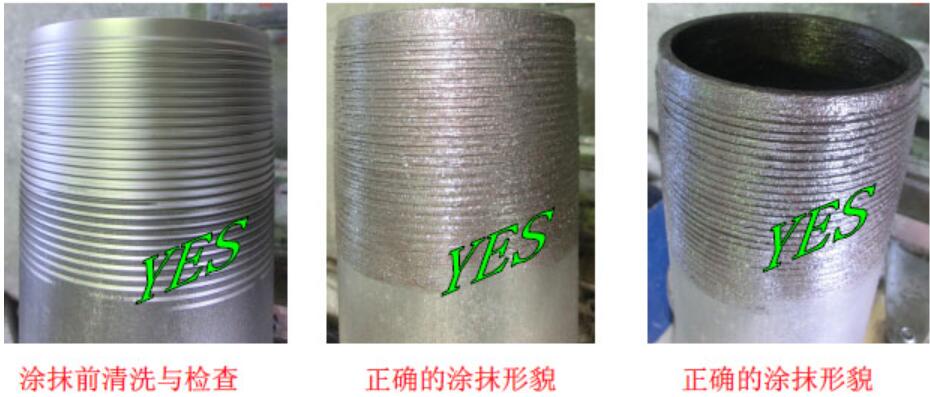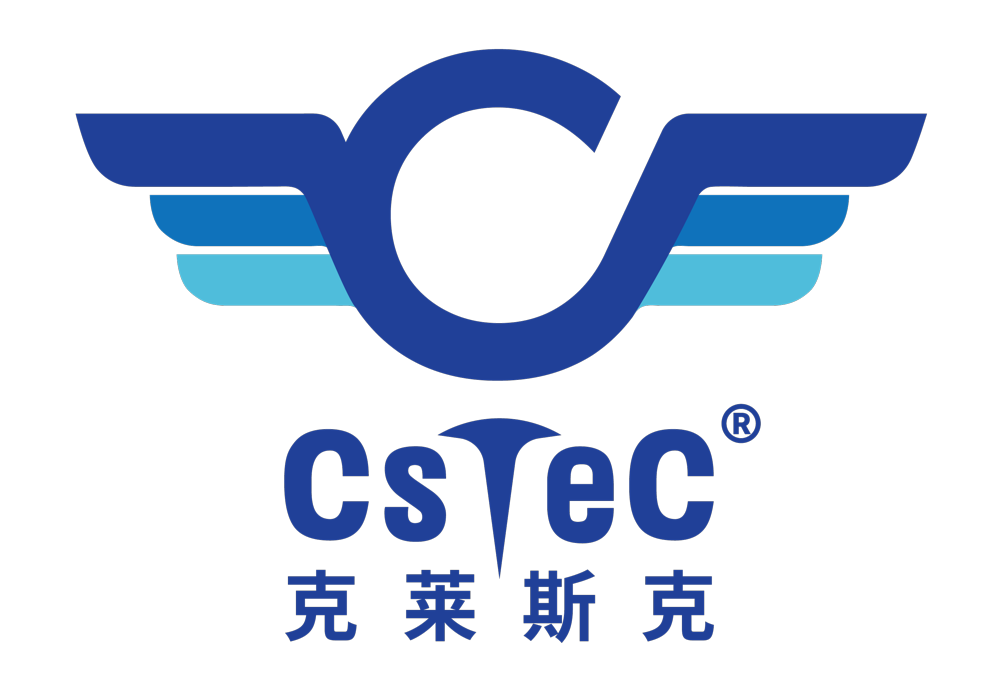
Check the 13Cr oil, casing body and collar surface for collision scars (especially transverse nicks) and deformation, otherwise it cannot be entered into the well.
Because the 13Cr material is relatively soft, when cleaning 13Cr oil and casing wire fasteners, you can only use a non-metallic (such as nylon) brush to clean the fasteners or paint. When cleaning the fastener, carefully clean all the male and female fastener ends with a high efficiency cleaner and a cloth and brush. At the same time, it is necessary to check the sealing surface of the buckle, especially the buckle (male buckle and female buckle), if it is found to be worn or scratched, it must not be used. After cleaning, blow dry the male buckle, female buckle and guard with compressed air, and then reinstall the clean and dry guard on the male buckle and female buckle. The thread grease is not used until the well is lowered.
Path. The use of nylon diameter gauge should be put into the diameter gauge by the collar end, never reverse the square diameter, otherwise it will cause damage to the female buckle thread.
Well crew operators should use a steel tape with measuring accuracy up to millimeters to measure oil and casing length (LT) minus thread loss length (ML), each oil and casing effective length (LE)= total length (LT)- top thread loss length (ML), commonly used oil and casing thread loss length parameters are shown in Table 1.
After the pipe measurement is completed, the rig operator should write the hash mark on the pipe body 0.5 meters near the collar end.
Check the tools used for 13Cr oil and casing, and use a single elevator and a single door elevator with chrome face. If there is any convex and concave phenomenon in contact with 13Cr oil and casing, it should be dealt with in time. Because these convex and concave phenomena may scratch the pipe body when placing 13Cr oil and casing, and encounter corrosive gas after entering the well, which may lead to 13Cr oil and casing stress fracture. (2023-09-27)




